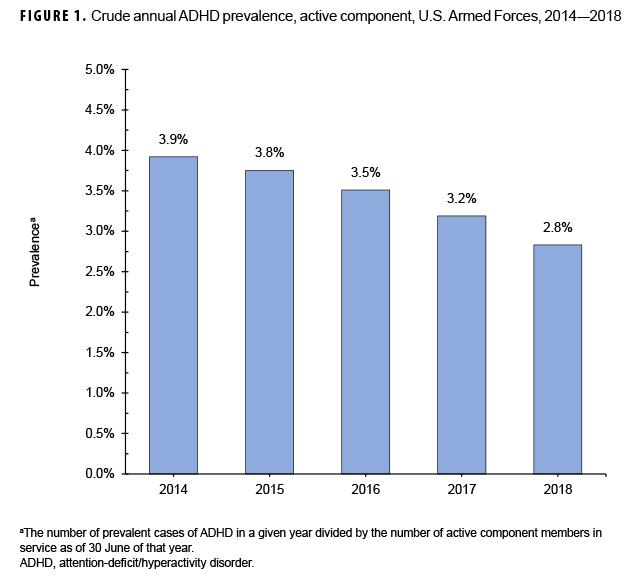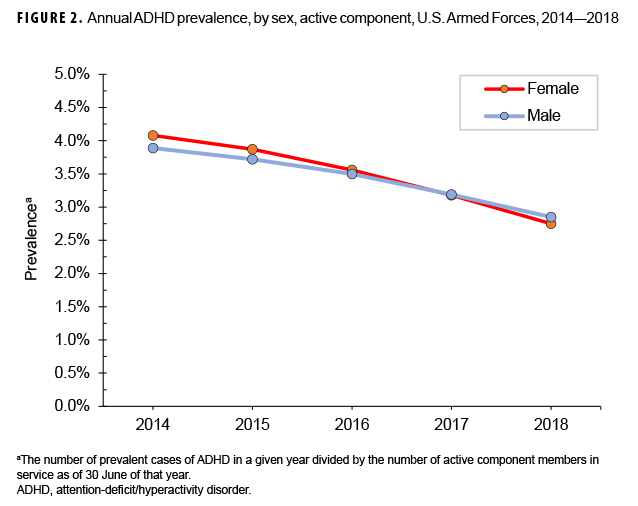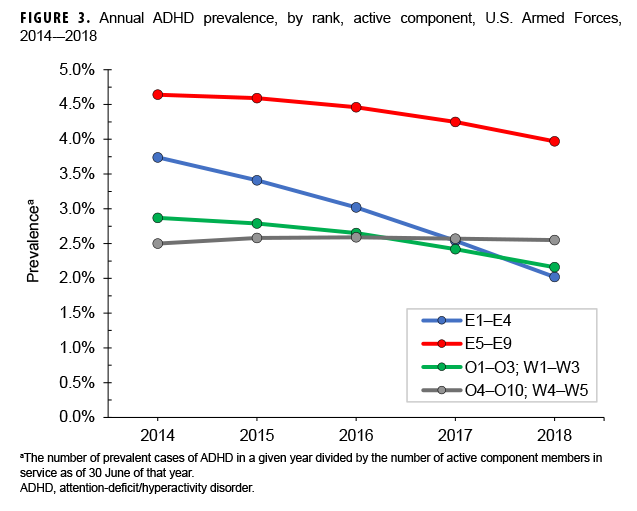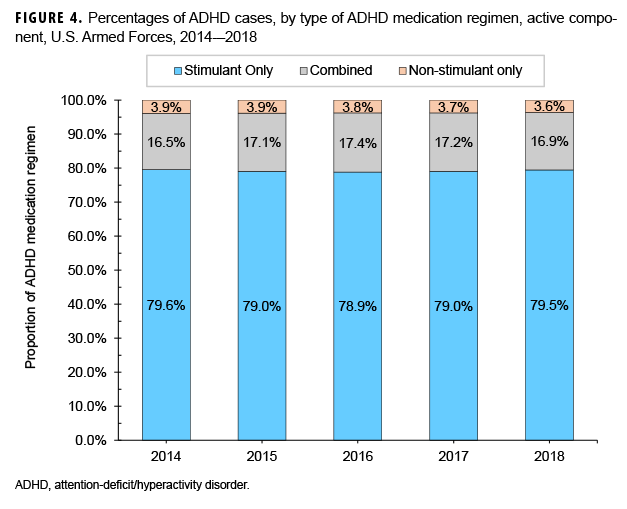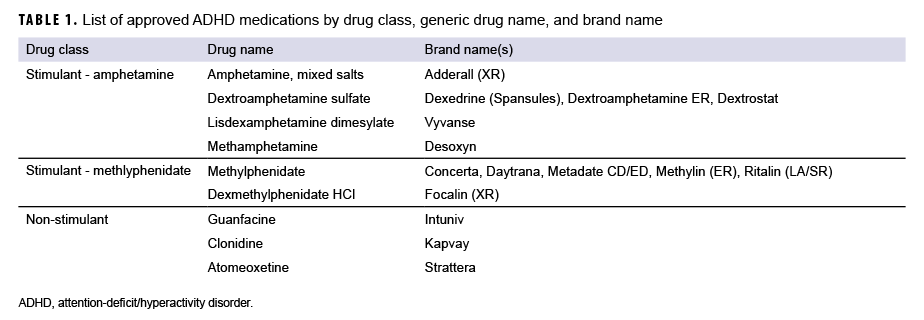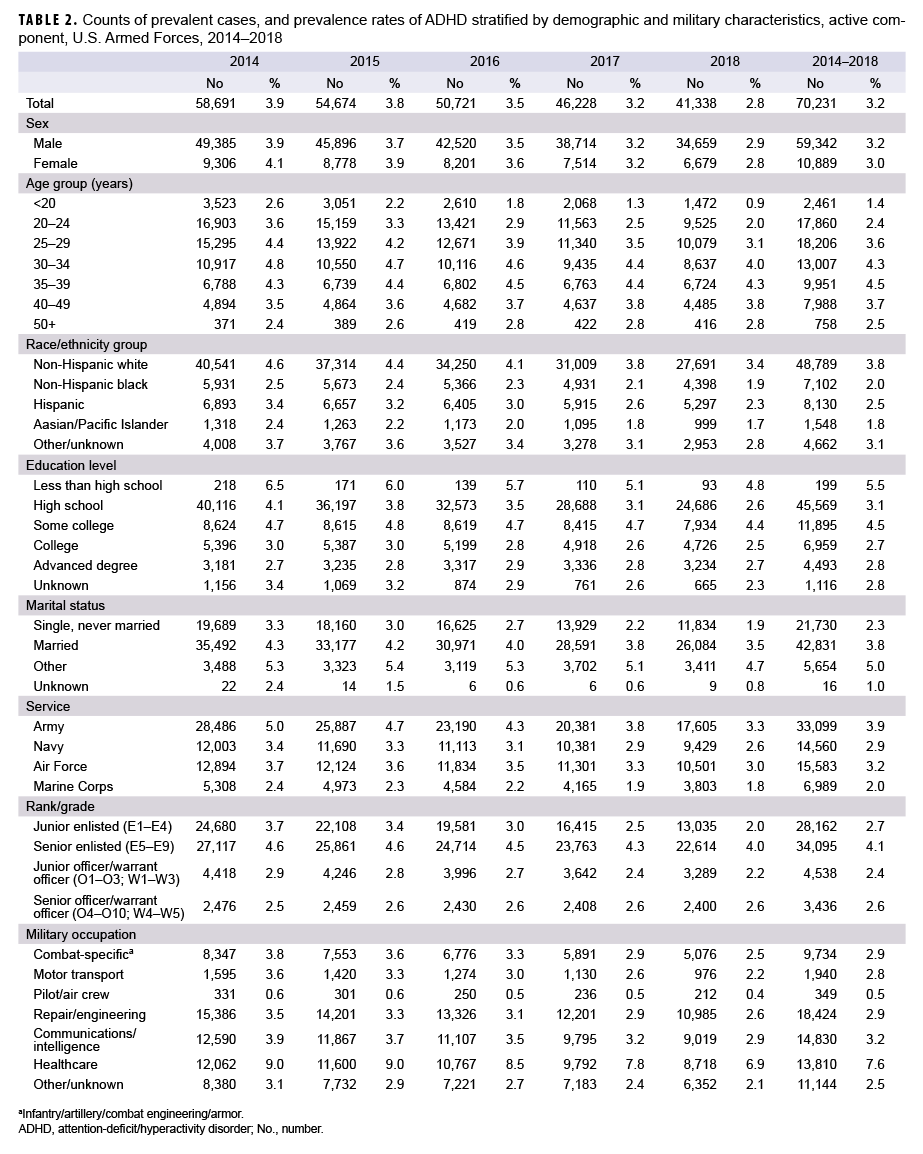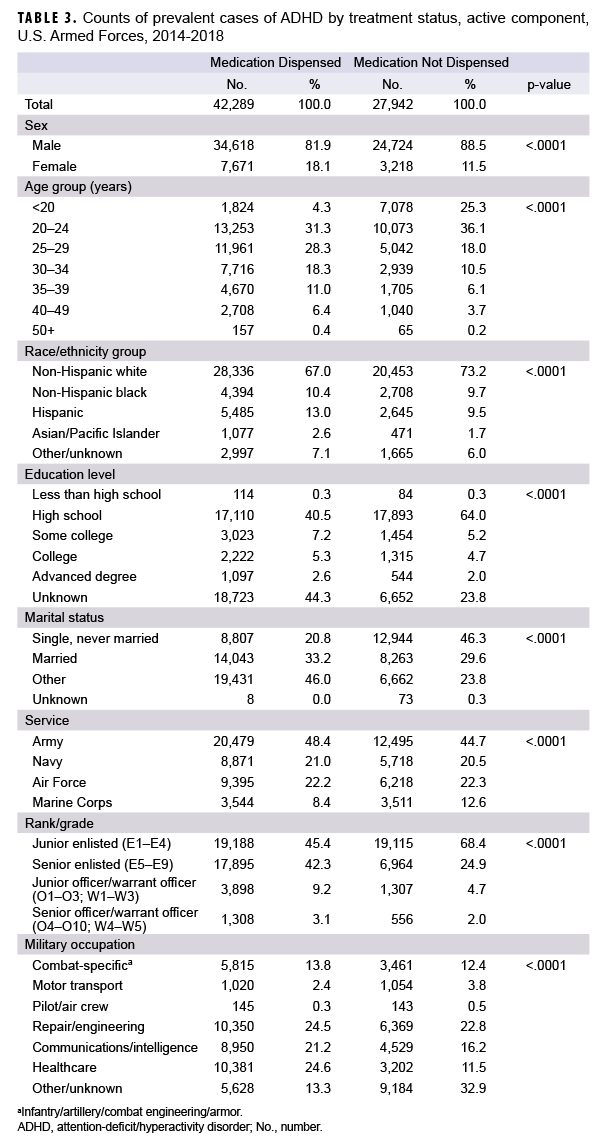What Are the New Findings?
Between 2009 and 2018, 377 active component members of the U.S. Air Force developed exertional rhabdomyolysis, according to the Armed Forces Health Surveillance Division (AFHSD) case definition. Two hundred cases were available for chart review, most of which included a documented sickle ell trait (SCT) test result. Medical intervention requirements and sequelae were statistically similar between SCT-positive (n=11) and SCT-negative (n=174) airmen.
What Is the Impact on Readiness and Force Health Protection?
Exertional rhabdomyolysis is a potentially serious condition demanding a vigilant approach. For all suspected cases, regardless of SCT status, health care providers should thoroughly review potential contributing factors and pre-existing comorbidities and intervene to prevent complications. Although SCT is a risk factor for developing exertional rhabdomyolysis, it does not appear to influence its progression or severity.
Abstract
Sickle cell trait (SCT) is associated with incident exertional rhabdomyolysis, but its effect on disease progression and severity is poorly understood. Of 377 exertional rhabdomyolysis cases diagnosed between 2009 and 2018 in the active component of the U.S. Air Force, 200 had records available for chart review, and 185 of these had known SCT status. Pre- and post-event data were stratified by SCT status, and serum chemistry changes among SCT-positive (n=11) and SCT-negative (n=174) airmen were compared using Wilcoxon-Mann-Whitney tests. Of the 200 cases with records available for chart review, 110 (55.0%) were hospitalized; 98 (56.3%) of the 174 who were SCT-negative were hospitalized. Also hospitalized were 4 (36.4%) of the 11 who were SCT-positive, and 8 (53.3%) of the 15 with unknown SCT status. Of the 7 airmen who were admitted to intensive care, 4 required hemodialysis, and 1 underwent a fasciotomy; all 7 were SCT-negative. Alterations in creatine kinase, potassium, creatinine, troponin I, and hemoglobin were statistically equivalent between those with and without SCT. Providers should maintain a high index of suspicion for exertional rhabdomyolysis, especially in warm climates and in the context of high-intensity activities, but should not presume that the presence of SCT portends a higher risk of complications or worse clinical outcomes.
Background
Exertional rhabdomyolysis is pathological breakdown of skeletal muscle resulting from physical activity. Depending on the rate and severity of myonecrosis, patients may experience debilitating pain, renal failure, cardiac arrhythmia, compartment syndrome, and splenic infarction.1 The diagnosis of exertional rhabdomyolysis is clinical and should be made when severe muscle symptoms (e.g., pain and stiffness) and laboratory evidence of myonecrosis (usually defined as a serum creatine kinase [CK] level at least 5 times the upper limit of normal) follow a bout of physical activity.2 Across the U.S. Armed Forces, exertional rhabdomyolysis is more common among males, non-Hispanic blacks, Marines, recruits, members of major ground combat units, and those with sickle cell trait (SCT).3,4 In rare cases during exercise, individuals with SCT may develop a severe metabolic crisis known as exertional collapse associated with sickle cell trait (ECAST), which can be accompanied by exertional rhabdomyolysis and is frequently fatal.5
At an Oct. 2019 summit on ECAST, hosted by the Consortium for Health and Military Performance (CHAMP), military and civilian experts from across the U.S. shared best practices and enumerated several knowledge gaps. One key question from the summit drew interest from health policymakers in the U.S. Air Force: Is exertional rhabdomyolysis experienced differently in service members with and without SCT? The present study sought to answer this question through chart reviews of exertional rhabdomyolysis cases over a 10-year period, focusing on context, triggers, progression, and severity.
Methods
Air Force Personnel Center (AFPC) files were used to identify those who served in the active component of the U.S. Air Force for at least 1 day between 1 Jan. 2009 and 31 Dec. 2018. The Military Health System Data Mart (M2), which includes diagnoses made at military treatment facilities (Click to closeDirect CareDirect care refers to military hospitals and clinics, also known as “military treatment facilities” and “MTFs.”direct care) and at outside facilities reimbursed by TRICARE (Click to closePurchased CareThe TRICARE Health Program is often referred to as purchased care. It is the services we “purchase” through the managed care support contracts.purchased care), was used to identify exertional rhabdomyolysis cases. Cases were assigned using the Armed Forces Health Surveillance Division (AFHSD) surveillance case definition, which requires a hospitalization or outpatient medical encounter with a case-defining ICD-9 or ICD-10 code in any diagnostic position, an associated condition code in any diagnostic position, and no exclusionary condition code in any diagnostic position.6 AFPC and M2 data were merged by social security number. Incident cases were retained in the final dataset, based on the first case-defining diagnosis during the surveillance period.
For all incident exertional rhabdomyolysis cases, charts were systematically reviewed by the principal investigator (BW) in the Armed Forces Health Longitudinal Technology Application (AHLTA) and the Health Artifact and Image Management Solution (HAIMS) to abstract the following information into Microsoft Excel 2013 (Microsoft Corporation, Redmond, WA): SCT status; location and activity at the time of the exertional rhabdomyolysis event (or the most recent precipitating activity documented in the chart); presence or absence of preexisting anemia or renal disease (considered absent if not mentioned in any clinical notes with an exertional rhabdomyolysis diagnosis); use of supplements, stimulants, statins, antipsychotics, and alcohol, as documented in any notes diagnosing exertional rhabdomyolysis (considered absent if not mentioned in these notes); presence or absence of hospitalization, intensive care unit admission, hemodialysis, fasciotomy, and splenic infarction; hemoglobin and hematocrit values prior to the event (considered baseline) and nadir values after the event; date and time of the initial and peak values of serum CK and serum potassium; and peak values of serum blood urea nitrogen, troponin I, and lactate dehydrogenase. Greater-than signs in CK values were dropped (e.g., "gt;2000" was recorded as "2000" to allow for statistical calculations. For CK and potassium, an hourly rate of change was calculated as Δv/Δt, where Δv = valuepeak – valueinitial and Δt = timepeak – timeinitial. The Aeromedical Services Information Management System was used to retrieve SCT status for airmen with no results documented in AHLTA or HAIMS.
Values of blood analytes were compared by SCT status. Shapiro-Wilk tests were used to determine that all variables were non-normally distributed. Therefore, the Wilcoxon-Mann-Whitney test was used to compare median differences between those with and without SCT. Significance was established at a 2-sided p value of .05. Given the small number of observations among those with SCT, exact p values were obtained using the Monte Carlo estimation. Clinical and laboratory data from the Microsoft Excel database were deidentified prior to analysis in SAS/STAT software, version 9.4 (2014, SAS Institute, Cary, NC). This study was commissioned by the Air Force Medical Readiness Agency to inform health care policy and was approved by the Air Force Research Laboratory Institutional Review Board.
Results
A total of 377 airmen met the case definition of exertional rhabdomyolysis, with an annual range of 24–47 cases. Of the 333 cases with documented SCT status, 12 (3.6%) were positive for SCT (Figure). Their mean age was 27.3 years (range: 17–47 years), and males accounted for 348 (92.3%) cases (data not shown).
Electronic medical charts were available for 200 (53.1%) cases, of whom 174 (87.0%) were SCT-negative, 11 (5.5%) were SCT-positive, and 15 (7.5%) had unknown SCT status. Events occurred on or near 66 military installations around the world, led by Joint Base San Antonio, TX (n=20); Hurlburt Field, FL (n=19); Joint Base Pearl Harbor, HI (n=9); Sheppard Air Force Base, TX (n=8); Davis-Monthan Air Force Base, AZ (n=8); and Fort Bragg, NC (n=7) (data not shown). Antecedent activities were the Air Force Fitness Assessment (n=39); leisure-time exercise other than running, to include playing sports and hiking (n=36); running (n=35); ruck marching (n=24); other military training, to include land navigation, combative exercises, and drilling (n=24); weightlifting (n=12); and yardwork or housework (n=5). Sixteen cases were reported as occurring at rest, and 9 had no documented activity. Among airmen with SCT, 5 (45.5%) were participating in the Air Force Fitness Assessment (data not shown).
A variety of over-the-counter supplements were documented as having been used by the cases: pre-workout products (n=9); energy drinks and weight loss supplements (n=5); multivitamins (n=4); melatonin (n=3); fish oil (n=2); protein powder (n=2); medium-chain triglyceride powder (n=2); medium-chain triglyceride oil (n=1); vitamin D (n=1); and unspecified products (n=3) (data not shown). Brand names mentioned in charts included Jack3D, Nitraflex, C4, Hypershot, Monster, 5-hour Energy, Hydroxycut, and Ripped Fuel. One airman was taking prescribed dextroamphetamine-amphetamine, 6 were taking prescribed statins, and 12 reported alcohol use proximate to the event; none had documented use of antipsychotics (data not shown). Among airmen with SCT, 1 reported fish oil supplementation and 1 reported recent alcohol use (data not shown). oil (n=1); vitamin D (n=1); and unspecified products (n=3) (data not shown). Brand names mentioned in charts included Jack3D, Nitraflex, C4, Hypershot, Monster, 5-hour Energy, Hydroxycut, and Ripped Fuel. One airman was taking prescribed dextroamphetamine-amphetamine, 6 were taking prescribed statins, and 12 reported alcohol use proximate to the event; none had documented use of antipsychotics (data not shown). Among airmen with SCT, 1 reported fish oil supplementation and 1 reported recent alcohol use (data not shown).
Five cases had a past history of anemia and 3 had kidney disorders, including 2 with nephrolithiasis and 1 with renal dysplasia. None of the SCT-positive airmen had preexisting comorbidities (data not shown). A total of 110/200 (55.0%) airmen were hospitalized: 98/174 (56.3%) without SCT, 4/11 (36.4%) with SCT, and 8/15 (53.3%) with unknown SCT status (data not shown). Among those hospitalized, 7 were admitted to an intensive care unit; 4 required hemodialysis; and 1 underwent a fasciotomy. All intensive care unit cases were SCT-negative. No splenic infarctions were recorded among the cases (data not shown).
Serum chemistry results varied markedly (e.g., while the vast majority of cases had at least 1 CK result, only 5 had a lactate dehydrogenase result) (Table). The median initial and peak CK levels were 1,231 U/Land 1,811 U/L, respectively, with a median rise of 80.4 U/L/hr. Three airmen experienced a peak CK greater than 100,000 U/L, and 4 had a CK rise exceeding 2000 U/L/ hr. Among those with a pre-event (i.e., baseline) and lower post-event hemoglobin (n=96), the median decline was 11.8%, with a range of 0.6% to 41.0%. Airmen with and without SCT had serum chemistry values that were not statistically significantly different (Table).
Editorial Comment
During a recent 10-year surveillance period, 377 active component U.S. airmen met the case definition for exertional rhabdomyolysis. Those with SCT, who traditionally represent 1.0%7 to 1.2%8 of the Air Force population, comprised 3.6% of cases—supporting an association between SCT and incident exertional rhabdomyolysis that has been documented in other studies.9,10 This increased risk of disease incidence may not indicate increased risk of disease severity. In a cohort of black U.S. soldiers exposed to universal training precautions, Nelson and colleagues found a similar hazard of all-cause mortality for those with and without SCT (hazard rate=0.99; 95% confidence interval [CI]: 0.46–2.13), even though the former had a greater hazard of exertional rhabdomyolysis (hazard rate=1.54; 95% CI: 1.12–2.12).9 No SCT-positive airmen in the present study required intensive care unit admission, hemodialysis, or fasciotomy, and their serum chemistry findings were similar to their SCT-negative peers. This may reflect more intensive pre-hospital interventions among SCT-positive airmen, such as aggressive rehydration and supplemental oxygen use, or it may indicate that SCT status is more instrumental in the inception rather than the progression of exertional rhabdomyolysis.
Mitigating health risks among SCT-positive service members remains vital,11,12 but the results of this study (i.e., the predominance of cases and the prevalence of sequelae among SCT-negative airmen) underscore the importance of universal precaution strategies and health care system responses for all service members demonstrating signs and symptoms of exertional rhabdomyolysis. Population health policies should focus on the documented risk factors for exertional rhabdomyolysis: insufficient acclimatization to the environment and to the physical activity demand; strenuous exertion in hot and humid climates; and use of statins and over-the-counter supplements, especially stimulants.2 The findings of this study suggest that increased vigilance is required at training installations located in warm climates and during high-intensity activities such as running, ruck marching, and fitness testing.
Males accounted for 92.3% of exertional rhabdomyolysis cases, despite making up 79.8% of the active duty Air Force population at the conclusion of the surveillance period.13 This sex-based discrepancy in exertional rhabdomyolysis has been documented elsewhere. Across the active component of the U.S. Armed Forces in 2019, females had a 60% lower incidence rate of the condition,3 and in a cohort of black U.S. Army soldiers who served between 2011 and 2014, females had a 49% lower hazard rate than males.9 Although nonmodifiable, male sex is a risk factor for exertional rhabdomyolysis that clinicians should consider in their evaluations.
This study has additional clinical implications, highlighting issues with confirming the diagnosis of exertional rhabdomyolysis. Remarkably, 53 of the cases in this study had a peak serum CK less than 5 times the upper limit of normal, the diagnostic threshold for the condition, which was "designed for high sensitivity [despite] low specificity."2 An additional 16 cases were noted to have symptoms beginning at rest. Therefore, over one-third of cases in this sample did not meet the diagnostic criteria for exertional rhabdomyolysis established by a DOD Clinical Practice Guideline.2 A high index of suspicion for exertional rhabdomyolysis is encouraged, but health care providers should ensure that suspected cases have a history of recent exertion and meet all clinical and laboratory features of the condition before diagnosing it. This is especially important because the diagnosis carries implications for retention versus separation from military service. Finally, the vast majority of charts did not mention over-the-counter supplement use, which may indicate a simple lack of documentation or, more troubling, a lack of inquiry. Given the high prevalence of energy drinks14 and supplement use15 in the military, and the association between some over-the-counter products and exertional rhabdomyolysis,16 providers should assess, document, and counsel patients regarding these important details.
These public health and clinical considerations should be interpreted in light of the study's limitations. First, charts were available for just over half of all cases, mostly because charts from purchased care facilities had not been uploaded into HAIMS. While the unavailability of records reduced statistical power, any introduced bias was likely non-differential by SCT status. Second, if supplements were not documented in the medical chart, nonuse was assumed; it is likely that true use exceeded that reported in this study. Third, greater-than symbols, which were present in 12 CK values, had to be ignored in the analysis, resulting in an underestimate of the initial and peak CK values, and possibly an underestimate in the rate of CK rise. Fourth, the small number of cases among SCT-positive airmen limited the statistical power to detect a difference in outcomes based on SCT status. Fifth, case ascertainment relied on a diagnostic code-based definition6 that may not have captured all cases of exertional rhabdomyolysis in the population, just as the chart reviews suggested imperfect specificity in the case definition.
It is well-established that SCT-positive service members are at greater risk for exertional rhabdomyolysis. Results of this study suggest that SCT status may not modify the likelihood of complications thereof. These findings do not undermine the importance of SCT screening and education, which appear to mitigate the risk of death associated with SCT.17 Rather, this study highlights the importance of universal strategies to prevent, diagnose, and treat exertional rhabdomyolysis in all service members, regardless of SCT status. Moreover, this retrospective analysis reveals a pattern of misdiagnosis and weak documentation of exertional rhabdomyolysis, which may reflect inadequate training of health care providers. Further investigation is warranted, including on the impact of SCT on duty limitations and military attrition secondary to exertional rhabdomyolysis.
Author Affiliations: Public Health and Preventive Medicine Department, U.S. Air Force School of Aerospace Medicine, Wright-Patterson AFB, Ohio (Lt Col Webber, Ms. Ruiz); Military Sports Medicine Fellowship Program, Ft. Belvoir Community Hospital (Maj Nye); Travis Sports Medicine Fellowship Program, David Grant Medical Center, Travis AFB, California (Lt Col Covey); Department of Family Medicine, University of Washington School of Medicine, Seattle, Washington (Dr. Harmon); Solutions Through Innovative Technologies, Inc., Fairborn, Ohio (Ms. Ruiz); Department of Military and Emergency Medicine, Uniformed Services University of the Health Sciences, Bethesda, Maryland (Dr. O'Connor).
Acknowledgements: The authors thank Dr. Alisa Simon and Mr. James Escobar, U.S. Air Force School of Aerospace Medicine, for assisting with data acquisition.
Disclaimer: The views expressed in this article are those of the authors and do not necessarily reflect the official policy or position of the Uniformed Services University of the Health Sciences, the Air Force, the Department of Defense, or the U.S. Government.
References
- Eichner ER. Exertional rhabdomyolysis in civilian and military populations. Curr Sports Med Rep. 2020;19(3):99–100.
- O’Connor FG, Deuster P, Leggit J, et al. Clinical practice guideline for the management of exertional rhabdomyolysis in warfighters 2020. Bethesda, MD, USU Consortium for Health and Military Performance, 2020. https://www.hprc-online.org/sites/default/files/document/Clinical_Practice_Guideline_for_Managing_ER_19May2020.pdf. Accessed 14 Aug. 2020.
- Update: Exertional rhabdomyolysis, active component, U.S. Armed Forces, 2015–2019. MSMR. 2020;27(4):10–14.
- Hill OT, Scofield DE, Usedom J, et al. Risk factors for rhabdomyolysis in the U.S. Army. Mil Med. 2017;182(7):e1836–e1841.
- O’Connor FG, Bergeron MF, Cantrell J, et al: ACSM and CHAMP summit on sickle cell trait: mitigating risks for warfighters and athletes. Med Sci Sports Exerc. 2012;44(11): 2045–2056.
- Armed Forces Health Surveillance Branch. Surveillance Case Definitions. Rhabdomyolysis; Exertional. //Reference-Center/Publications/2017/03/01/Rhabdomyolysis-Exertional. Accessed 14 Aug. 2020.
- Webber BJ, Uptegraft CC, Nye NS, O’Connor FG. Association of sickle cell trait and hemoglobin S percentage with physical fitness. Med Sci Sports Exerc. 2018;50(12):2488–2493.
- Niebuhr DW, Chen L, Shao S, Goldsmith J, Byrne C, Singer DE. Sickle cell trait prevalence among U.S. military service members: 1992–2012. Mil Med. 2017;182(3):e1819–e1824.
- Nelson DA, Deuster PA, Carter R 3rd, Hill OT, Wolcott VL, Kurina LM. Sickle cell trait, rhabdomyolysis, and mortality among U.S. Army soldiers. N Engl J Med. 2016;375(5):435–442.
- Naik RP, Smith-Whitley K, Hassell KL, et al. Clinical outcomes associated with sickle cell trait: a systematic review. Ann Intern Med. 2018;169(9):619–627.
- Webber BJ, Casa DJ, Beutler AI, Nye NS, Trueblood WE, O’Connor FG. Preventing exertional death in military trainees: recommendations and treatment algorithms from a multidisciplinary working group. Mil Med. 2016;181(4):311–318.
- Singer DE, Byrne C, Chen L, Shao S, Goldsmith J, Niebuhr DW. Risk of exertional heat illnesses associated with sickle cell trait in U.S. military. Mil Med. 2018;183(7–8):e310–e317.
- Department of Defense, Office of the Deputy Assistant Secretary of Defense for Military Community and Family Policy. 2018 Demographics Report: Profile of the Military Community. https://download.militaryonesource.mil/12038/MOS/Reports/2018-demographics-report.pdf. Accessed 19 Jan. 2021.
- Milazzo NA, Cao DX, Diwaker G, Thornton JA, Shah SA. A survey of energy drink consumption and associated adverse effects in Air Force personnel. Mil Med. 2020; online ahead of print.
- Knapik JJ, Austin KG, Farina EK, Lieberman HR. Dietary supplement use in a large, representative sample of the US Armed Forces. J Acad Nutr Diet. 2018;118(8):1370–1388.
- Keltz E, Khan FY, Mann G. Rhabdomyolysis. The role of diagnostic and prognostic factors. Muscles Ligaments Tendons J. 2014;3(4):303–312.
- Buchanan BK, Siebert DM, Zigman Suchsland ML, et al. Sudden death associated with sickle cell trait before and after mandatory screening. Sports Health. 2020;12(3):241–245.
